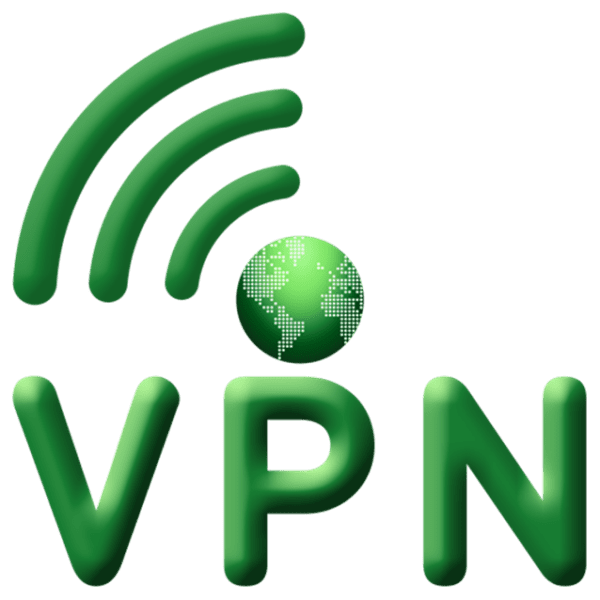In today’s technological age, it is important to have your computer on a secure network as you surf the web. Setting your computer up to a secure VPN server is easy and with a little knowledge you can set your device up in a few steps. For those that use a Mac computer, the process is even simpler. Mac devices are made with built-support for VPN connections.
For some, VPN may sound like computer jargon, but VPN is a simple acronym for Virtual Private Network. VPN are useful for those looking to connect to secure servers from remote locations. VPN networks act as a sort of encrypted tunnel to allow users to securely access a private network. For example, these types of connections are popular for those that enjoy working remotely but must access servers that are not publicly on the Internet and usually protected by a firewall. VPN usage allows users to access these secure resources without risking any security breaches or attacks.

Some of the most popular advantages for using a VPN network is that security doesn’t have to be compromised to work remotely The data being accessed or sent is always encrypted, so you can be surfing the web on a public WI-FI connection but could still have all of your Internet traffic kept completely private. You can be anywhere in the world and be able to access any website that is available in the location of the VPN server. This is because your IP address will be designated to the location of your VPN server.
As mentioned before, setting up a VPN connection is relatively simple. To begin, you will need a few bits of information, such as the IP address of the server, the username and password to connect to the server and the type of connection you will be using. Once you have this information, you can enter it into your Mac computer by opening the Network pane in the System Preferences menu. Under the interfaces drag-down menu, select VPN and choose the type. You also have the option to name the configuration you are creating. Otherwise, the computer will keep it named default. You will then set up your authentication and login settings. Once you click apply, the VPN connection has been established.
Macs are set up by default to only allow necessary traffic by VPN. This is because sometimes some of these servers can run slow. However, you can change the type of traffic that is sent by selecting your preferences in the advanced menu. Keep in mind that the more traffic you allow, the slower your Internet connection could become. You will want your VPN to be the first in the service order. You can rearrange this order by clicking the set service order menu.

Most VPN connections are created by a company’s IT department, but these types of connections can also be used by personal devices. There are several reputable VPN providers that charge a fee to provide a secure server and connection. It is important to check out a company’s reputation before choosing them. Unfortunately, there have been cases of people getting unsecure connections by choosing the cheaper or lesser quality companies.
For those that are very computer savvy, you could create your own VPN server. Programs, such as iVPN, can allow you to set up a customized connection. This could be a good option for someone that would need to access their home database on the go, which is a perfect opportunity for those at that work at home.
A VPN is the perfect way to address any security insecurities and will help keep your information safe even when it seems vulnerable. For example, there was some controversy surround the latest El Capitan update for Mac because of some security flaws that put information stored on the device, such as keychain information. Being connected by a VPN means that your information is even more protected from these sort of problems. There are several credible companies to choose for reliable VPN service for Macs. Many of these companies offer a money-back guarantee and competitive rates. Tech experts recommend researching several companies before choosing one.
 Gearfuse Technology, Science, Culture & More
Gearfuse Technology, Science, Culture & More

